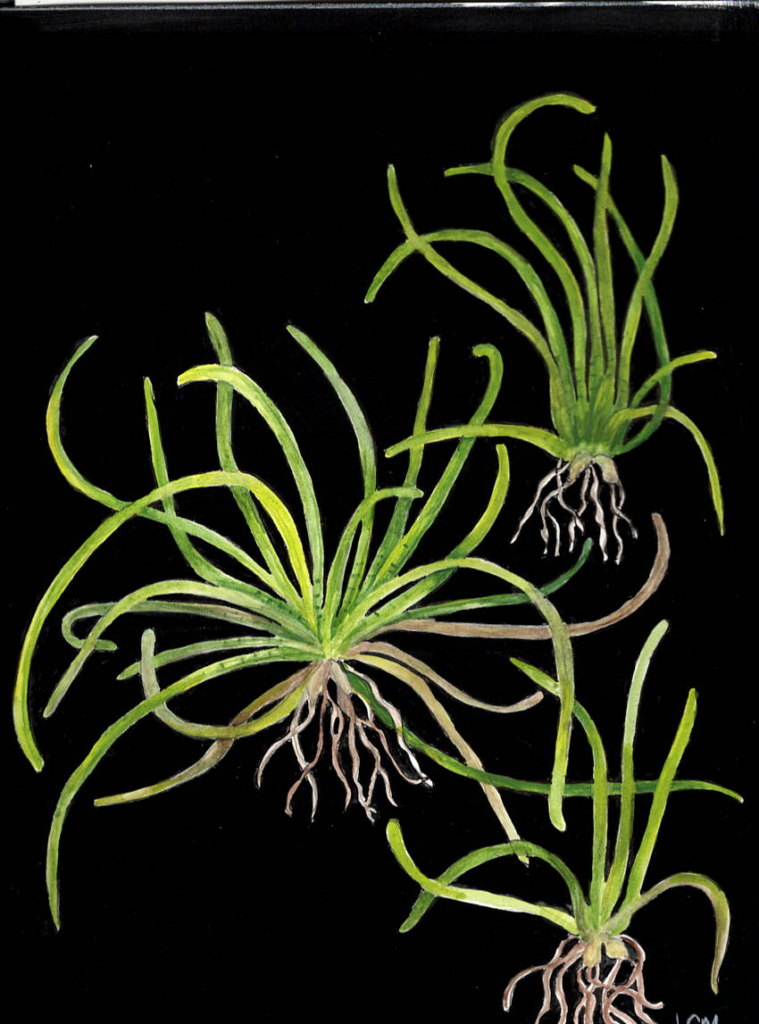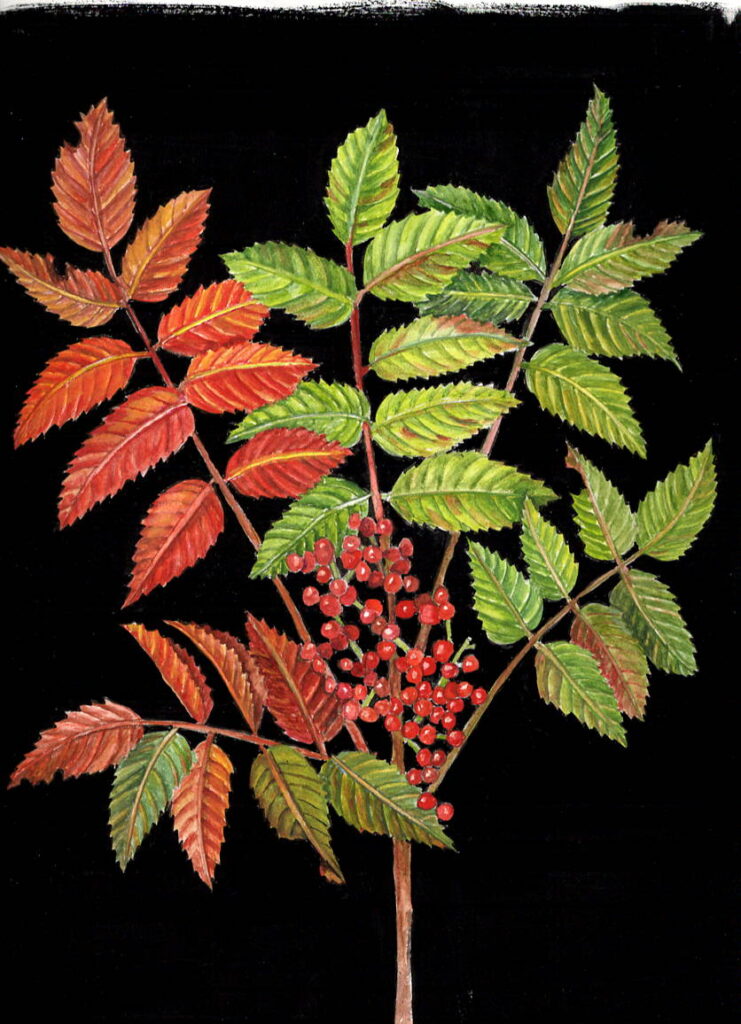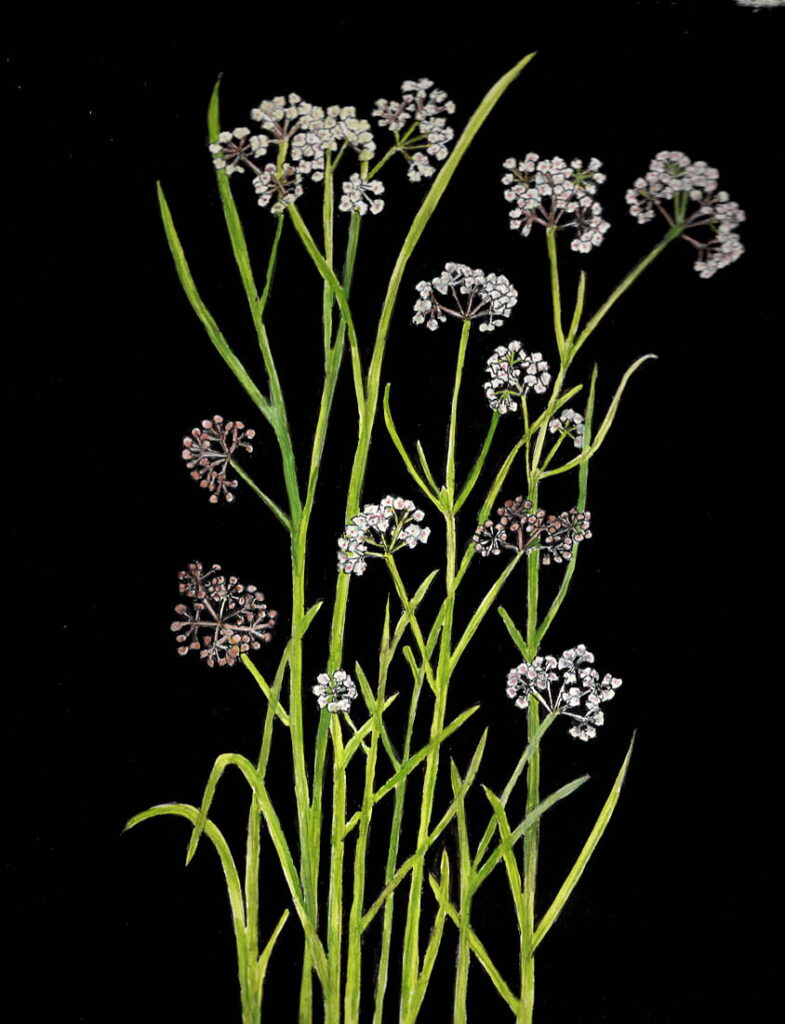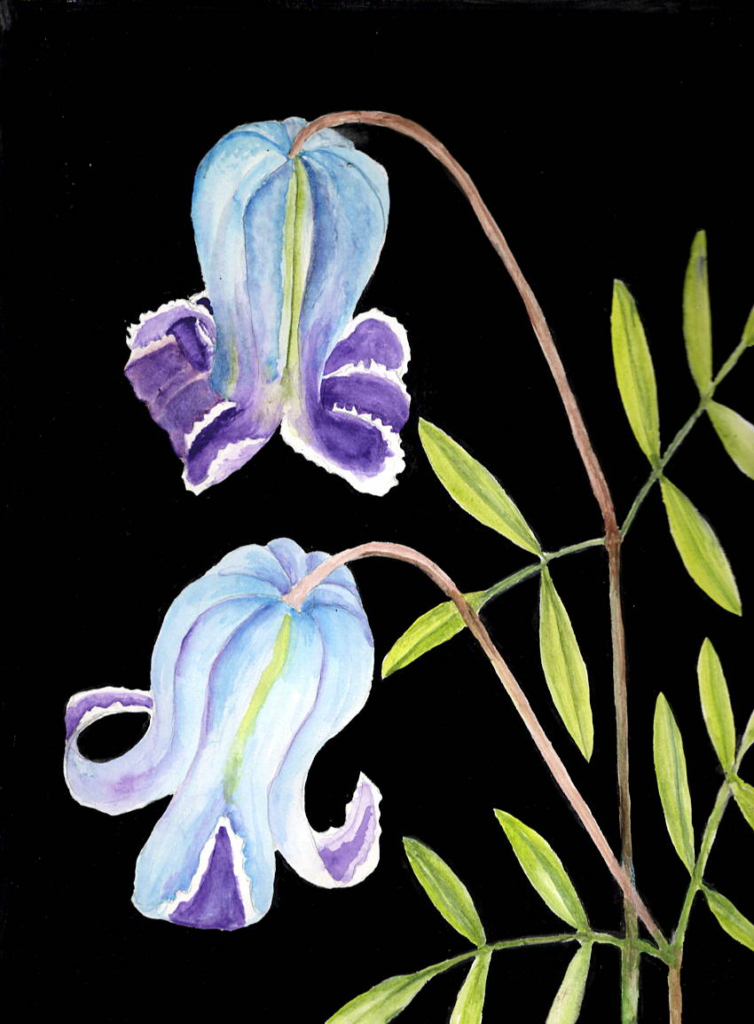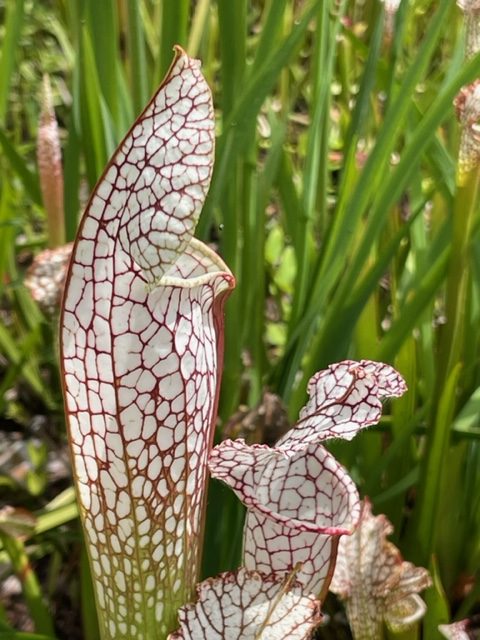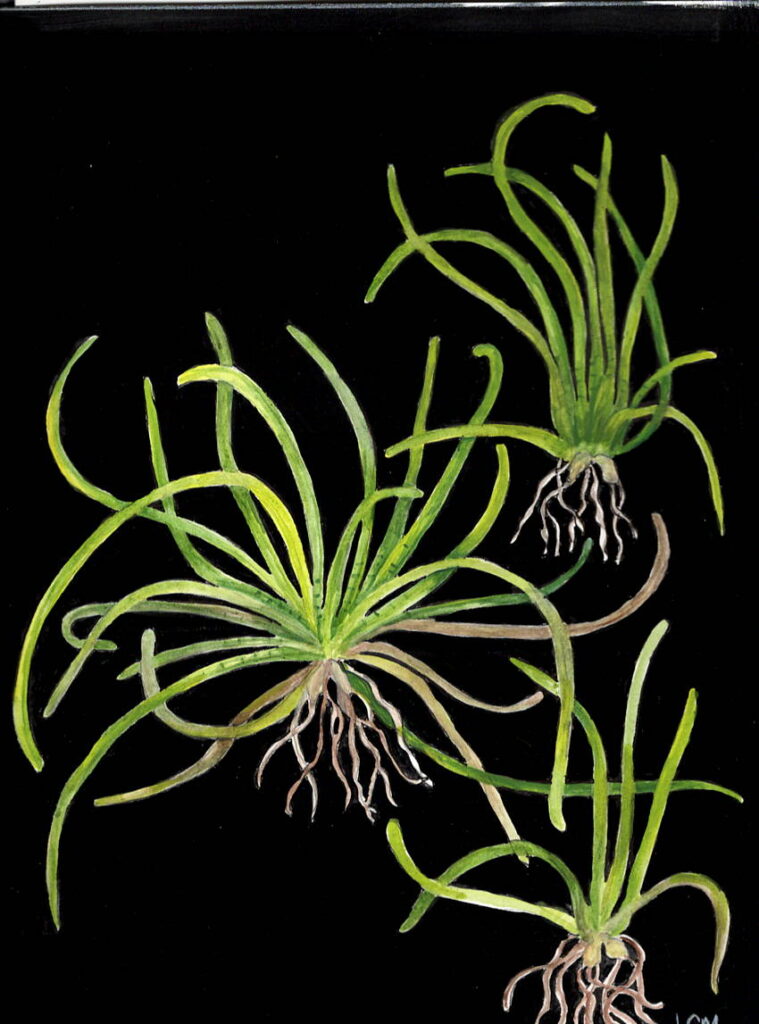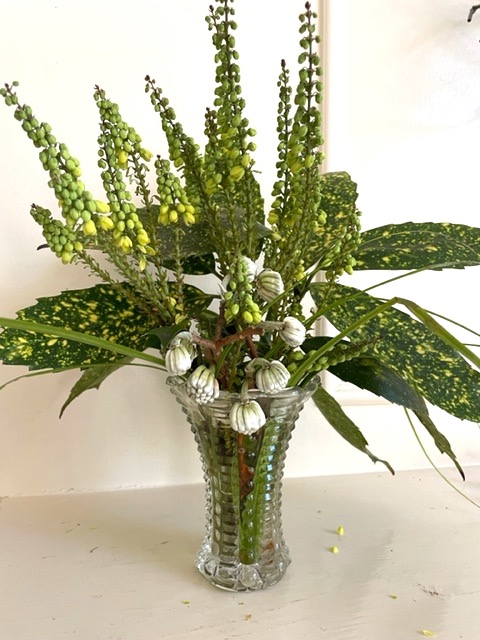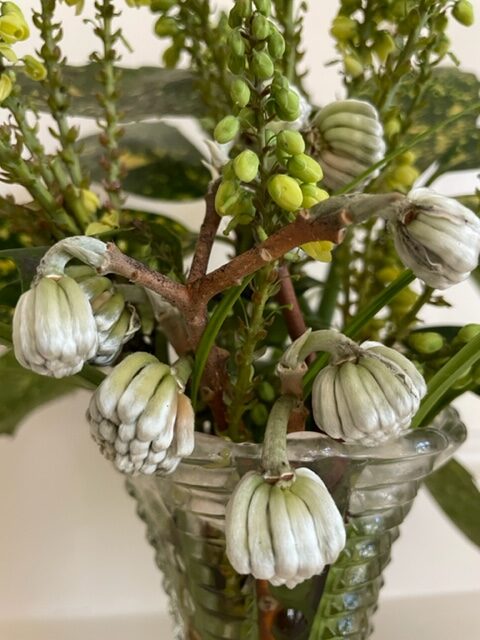Update on the leaf blower- Last week I posted about getting an electric leaf blower. I ended up buying a Ryobi 40 Volt. The best thing about it, other than it has zero emissions, is that it is sooooo quiet. The bad news? the battery only lasts 20 – 25 minutes. So, that’s a bummer. There are solutions – I could get an additional battery to have ready. Or, I could reduce the amount of area that I blow. Or, I could become more efficient – I found myself sort of chasing leaves from one side to the other. But, all in all, I’m thrilled.
Lasagna for the yard
I know my neighbors think that I am a dumpster diver, with good reason, I’m always poking my nose into the neighborhood trashcans. This is particularly ironic because, much to my great embarrassment, during my childhood, my mother was forever going through trashcans and things stacked on the street. And here I am, my mother’s daughter.
My Mom took things such as broken down furniture, cleaned it up and handed it over to my Dad, who would fix it as needed. She, then, would paint it and turn it into a treasure. She developed quite a business doing this, selling painted discards at embarrassingly high prices.
I’m not so much into dragging broken down tables home as I am interested in leaves and cardboard, of which there is an astounding amount of piled up by neighbors’ mailboxes. That means that Mondays are really busy days since the city picks up trash on Tuesdays.
Atlanta is known as the city of trees so you can just imagine fall in our fair city. In many neighborhoods, mine included, it seems to be a point of honor to keep every leaf off the landscape so there are rows and rows of bagged leaves along the street. What a waste! The ground needs all those leaves to help replenish our poor soils.
In years past I have had 24 bales of pine straw delivered – twice a year. It’s a great mulch and makes things look nice. This year, I began looking for yards with pine trees – and leaf bags at the street. Bingo! I found one house with several bags of fairly clean, leaf free pine straw so I drove around the corner and stuffed the bags into the back of my car. The car was really stuffed so – unbeknownst to me – the back door had not closed and I almost, almost drove off which would have resulted in several bags of pine straw strewn all over the street. It would have been a little embarrassing having to explain why I was raking the street! But just in the nick of time, I noticed and closed up the car.
As for the cardboard? Everything, it seems, comes from Amazon these days in varying sizes of cardboard boxes. There must be billions of boxes in America now. I read that you could use these castaways in the landscape to help build back soil – and still keep your lawn and flower beds looking respectable.
This is still all theory for me but the idea behind this layering or lasagna method is to place the cardboard directly on the ground or on weeds that you want to get rid of, wet it down and cover it with mulch – like chopped up leaves!!! Perfect.
I dragged over a few big sheets of cardboard from one neighbor, tore it into the right size and put it on grass that I’m trying to smother (always thinking about less grass!). Then, much to the amusement of the people walking down the street, I watered it. You can’t use cardboard that has tape or paint on it and that’s a drawback because a lot of boxes are fully painted. But, if you can find plain brown cardboard boxes, you’re in business. You can use other things as well, such as those big paper leaf bags torn to lie flat or newspapers, basically anything that will decompose.
I have a small leaf mulcher so I put it out on the front yard, dragged another neighbor’s bags of leaves over and began to go to work, pouring in leaves, getting out beautiful mulch, which I then put on the wet cardboard. It’s easier to run over the leaves with a mower but unless you have an electric mower, it means putting more nasties into the air if you run a gas mower even longer.
I hope that the worms and other earth critters will love the cardboard and then by next spring, I’ll have no grass and good soil. All from the neighbor’s trash. What could be better?
The soil is everything, not only for our gardens but for the entire planet. It is, literally, the ground beneath our feet and anything to do to make it richer and stronger will benefit us all.
Let me know if you have done this lasagna method of soil building and what your experience was. And, if you have other ideas about building the soil, post that as well. Happy gardening!

